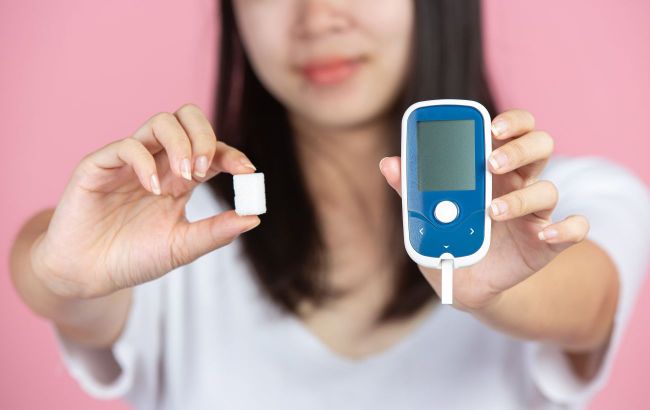Early inconspicuous signs of diabetes: How to tell if you have it
 Early signs of diabetes (Photo: freepik.com)
Early signs of diabetes (Photo: freepik.com)
Early signs of diabetes are often hard to spot and attributed to various other conditions of the body, writes WebMD.
Diabetes develops gradually, and the diagnosis is often made when the disease has already begun to progress
Early signs of diabetes
Most early symptoms are associated with elevated blood glucose levels. However, these symptoms can be so subtle that you may simply not notice them. More commonly seen in the development of Type 2 diabetes, many people are unaware of health issues until problems arise due to prolonged negative impacts. Medical professionals emphasize that symptoms of Type 1 diabetes manifest much quicker, typically within a few days to a couple of weeks, and can sometimes be more severe.
Early signs of diabetes of any type
Hunger and fatigue
Your body converts the food you eat into glucose, which cells use for energy. However, your cells also need insulin to absorb this glucose. If the body doesn't produce enough insulin or if cells resist the insulin produced by the body, glucose doesn't enter the cells, leading to strong and frequent hunger, as well as increased fatigue.
Frequent urination and extreme thirst
An average person usually goes to the bathroom 4 to 7 times a day. However, with the onset of diabetes, urination can become much more frequent. Typically, the body reabsorbs glucose as it passes through the kidneys. When diabetes elevates blood sugar levels, the kidneys may struggle to return it. Consequently, the body starts producing more urine, requiring fluid. This results in intense thirst and frequent trips to the bathroom.
Dry mouth and itchiness
Your body uses a lot of fluid for urination, leaving little for other purposes in the body. This can lead to dehydration, causing dryness in the mouth and skin. Dry skin, in particular, usually itches.
Blurred vision
Changes in fluid levels in the body can lead to lens swelling in the eyes, altering their shape and affecting the ability to focus.
Early signs of type 2 diabetes
If blood glucose levels remain elevated for an extended period, the following symptoms may emerge:
Yeast infections
These can affect both women and men. Yeast thrives on glucose, so with elevated levels, infections can manifest in warm and moist areas such as between toes, under breasts, or around the genital area.
Slow-healing cuts or sores
Prolonged high blood sugar levels can impact blood circulation, causing nerve damage that makes it challenging for the body to efficiently heal wounds.
Pain or numbness in feet or legs
This is another symptom of nerve damage.
Early signs of type 1 diabetes
Unplanned weight loss
The body, unable to derive energy from food, starts burning muscles and fat. Your diet might remain unchanged, but weight loss can occur rapidly.
Nausea and vomiting
When the body resorts to burning fat, it produces ketones that accumulate. If their levels in the blood reach a dangerous point, it can lead to a severe condition called diabetic ketoacidosis. The initial signs include nausea and vomiting
This material is for informational purposes only and should not be used for medical diagnosis or self-treatment. Our goal is to provide readers with accurate information about symptoms, causes, and methods of detecting diseases. RBС-Ukraine is not responsible for any diagnoses that readers may make based on materials from the resource. We do not recommend self-treatment and advise consulting a doctor in case of any health concerns.

